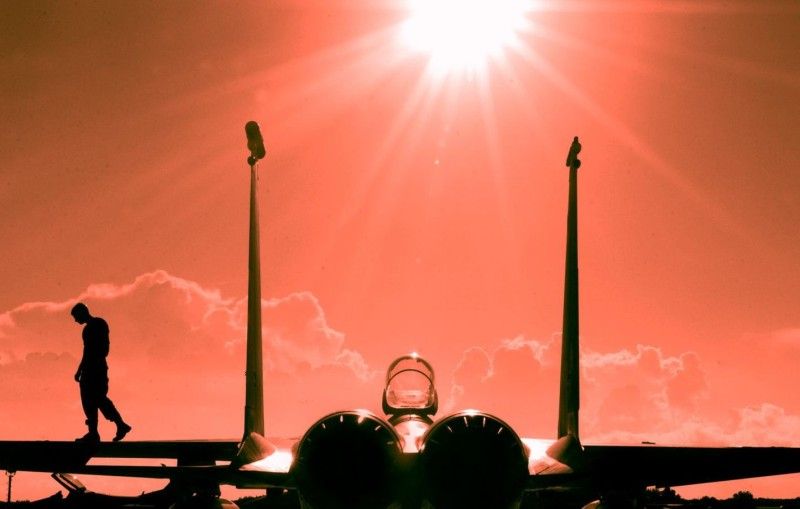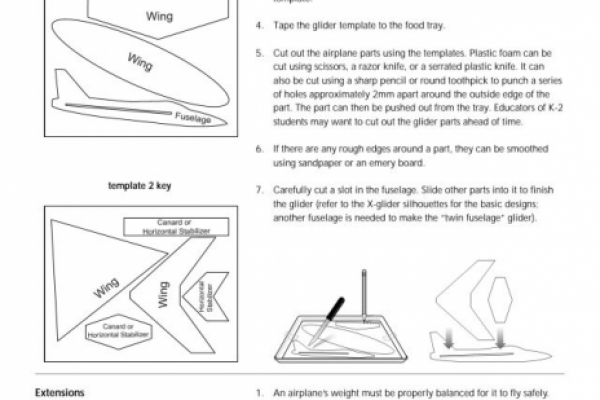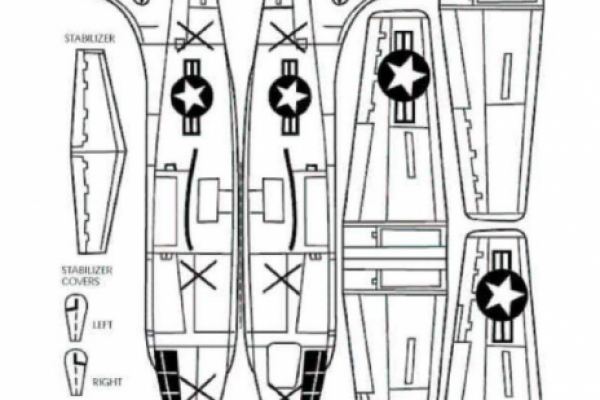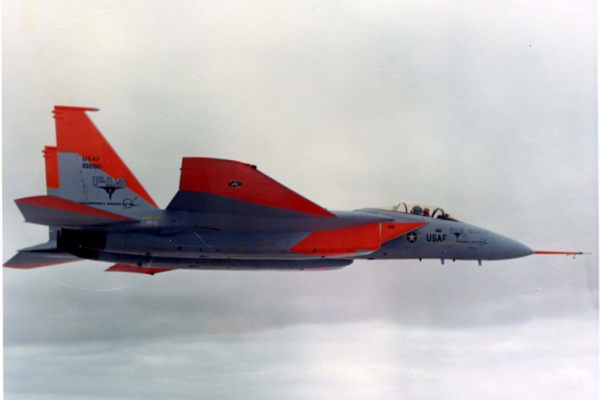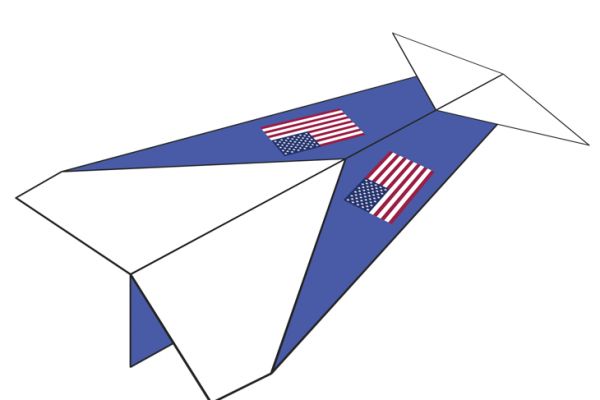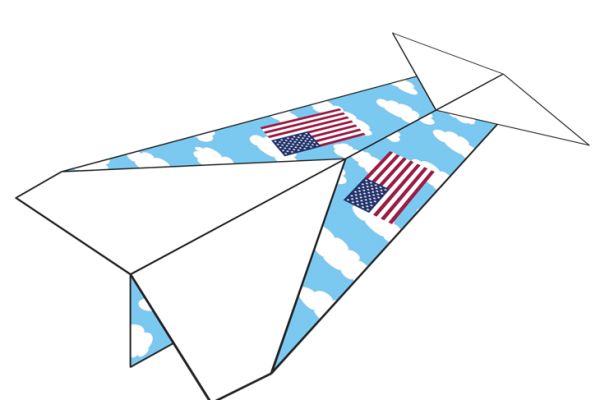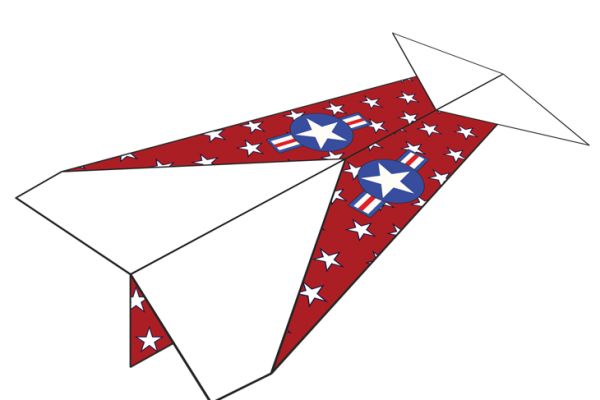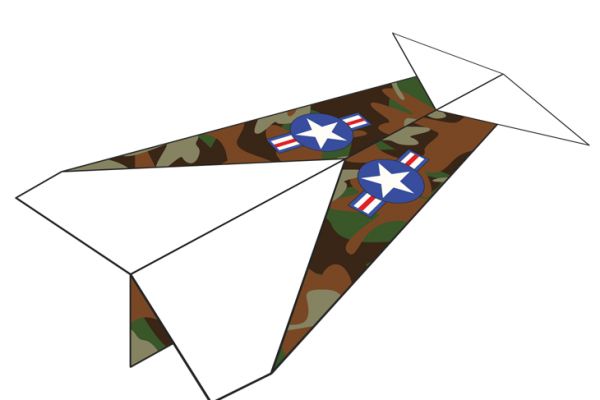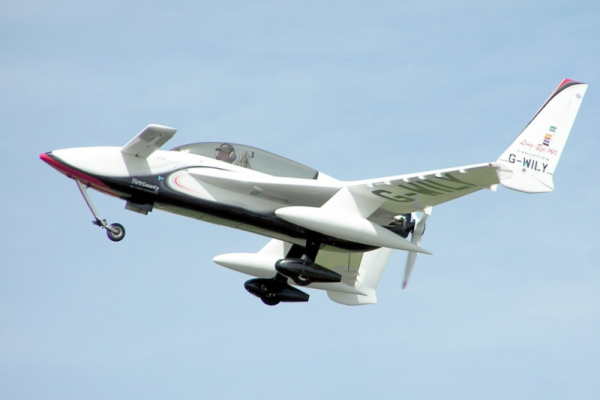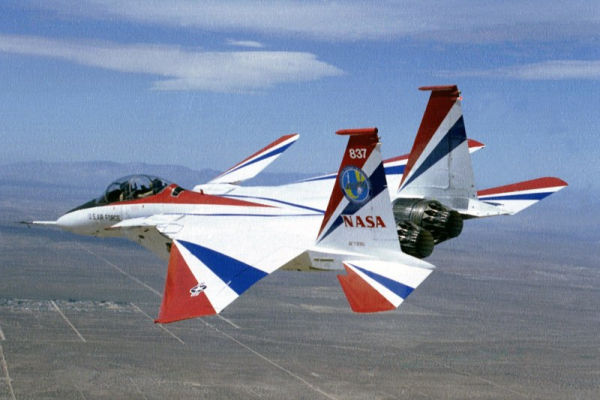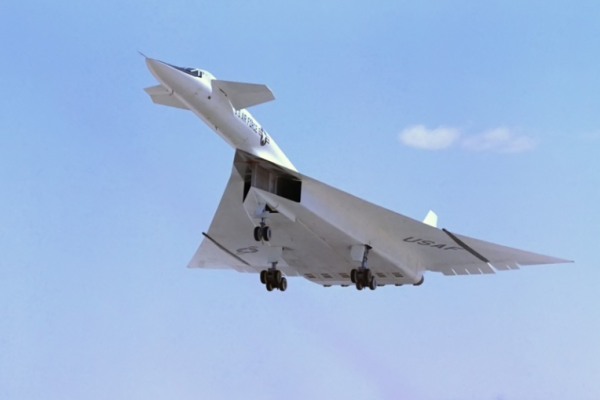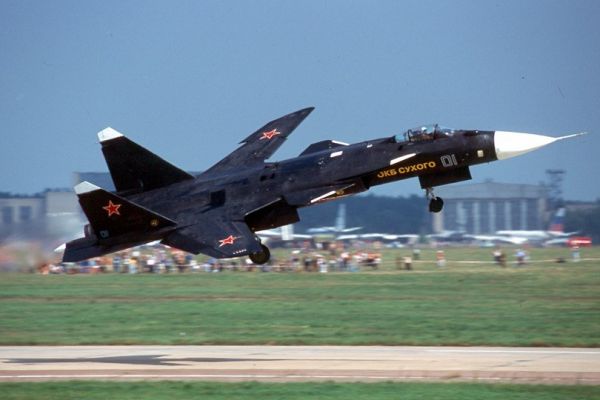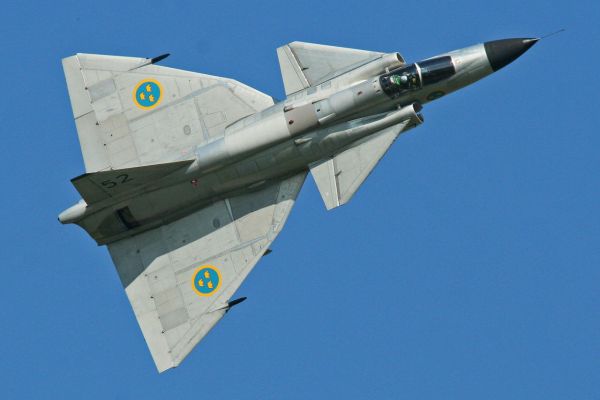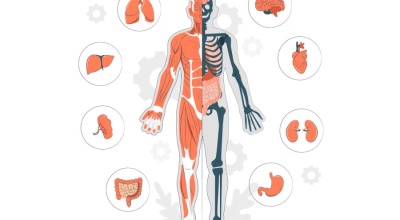The templates supplied with this activity allows you to build and experiment with all of these basic wing/tail/canard configurations. Eight different plastic foam “X-gliders” can be built using the template, but the total number of variations is only limited by the imagination of the “designer”
Build Gliders & Explore Flight
Canard (aeronautics)
In aeronautics, a canard (French for "duck") is a fixed-wing aircraft configuration in which a small horizontal surface, also named the canard or foreplane, is positioned forward of the main wing in contrast to the conventional position at the tail. Because of this it is sometimes described as "tail-first".
The term "canard" arose in France. The appearance of the Santos-Dumont 14-bis of 1906 reminded the French public of a flying duck (Fr. canard)., and later the Fabre Hydravion of 1910 was named "Le Canard". Thereafter all aeroplanes with a foreplane were known as canards.
More free content listed on Wikipedia, the free encyclopedia - Canard_(aeronautics)
About the Exhibition
How Things Fly Web site, a companion to the physical exhibition at the Smithsonian National Air and Space Museum. The goal is to explain the basic principles that allow aircraft and spacecraft to fly.
| Distance Challenge Controlled Flight Forces of Flight |
How Wings Work Paper Airplane Gallery Hands-on Experiments |
Public Downloads
All items are free to view, share, and download.
When available, we provide all our content with a Spanish version in our public download section. You can find additional material from sources listed in all our articles.
Download The Dart Paper Airplane Content
Download Roundel Paper Airplane Content
Download The Carnard Paper Airplane Content
Download The Delta Paper Airplane Content
Description: The Canard has a long fuselage, delta wing and canard. A canard is a small wing placed on an airplane in front of the main wing.
Characteristics: The Canard is excellent for long-distance flights and flights requiring accuracy. Its forward wings give you extra control over its flying characteristics. The Canard is not nearly as fast as the Dart, but it is fairly stable.
An airplane wing affects moving air much like a rock in a stream affects moving water. The space around each wing is already +filled with air—there’s no empty space for air to move into. So as the oncoming air reaches the wing and moves over or under, it speeds up to squeeze between the wing and the surrounding air. This push is a force called lift.
Create your own paper plane print out with instructions.
Think your plane has the stuff to go pro? Check out the tips, tricks, and modifications and put your aircraft to the test!

